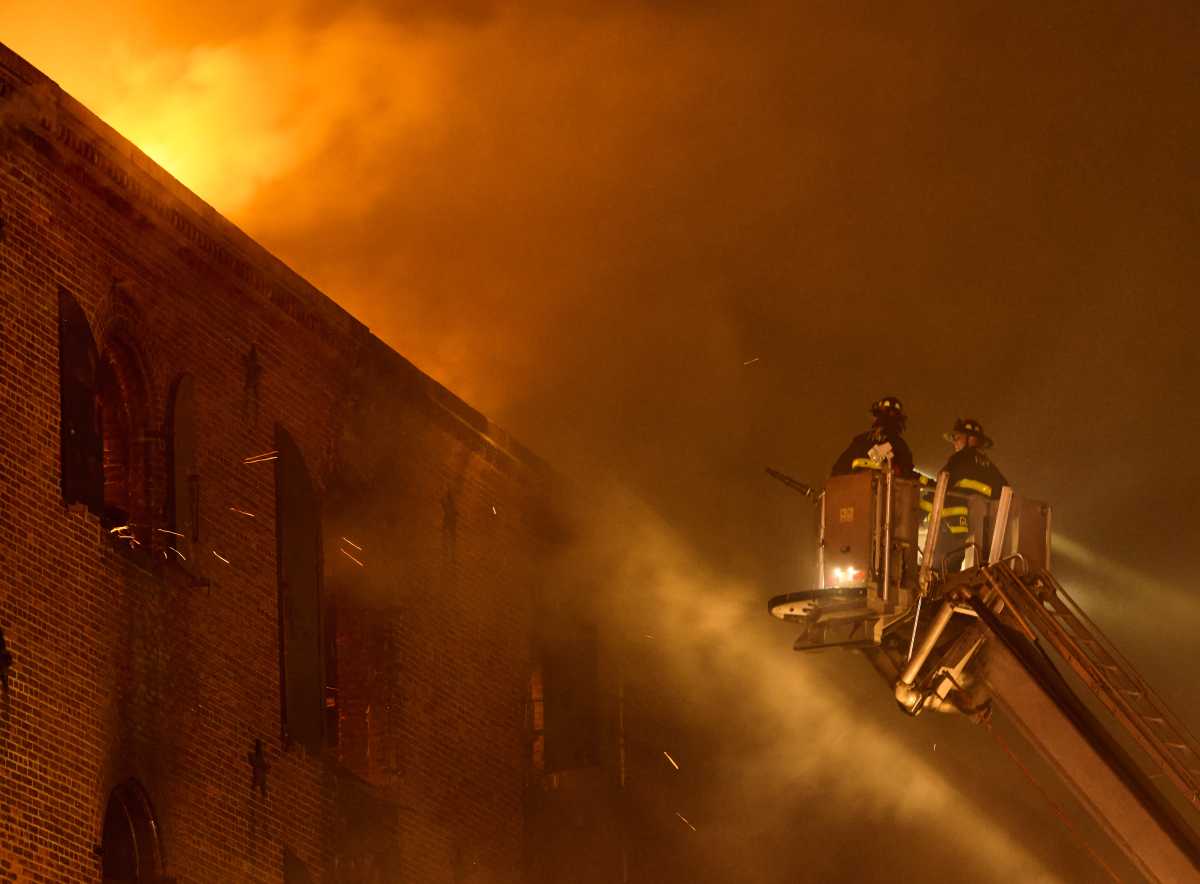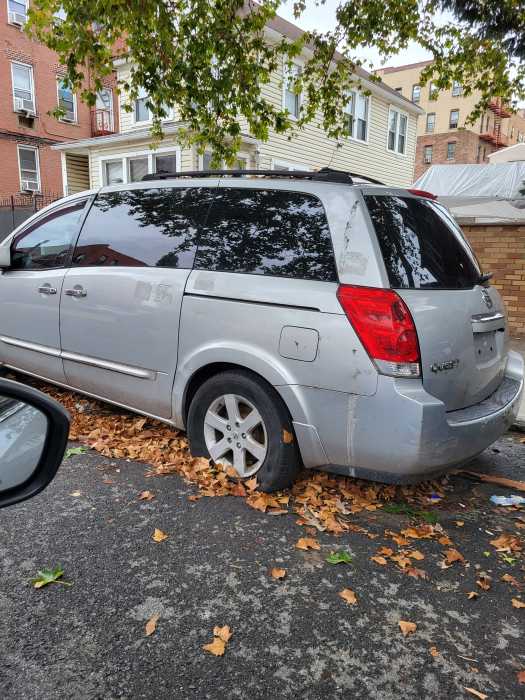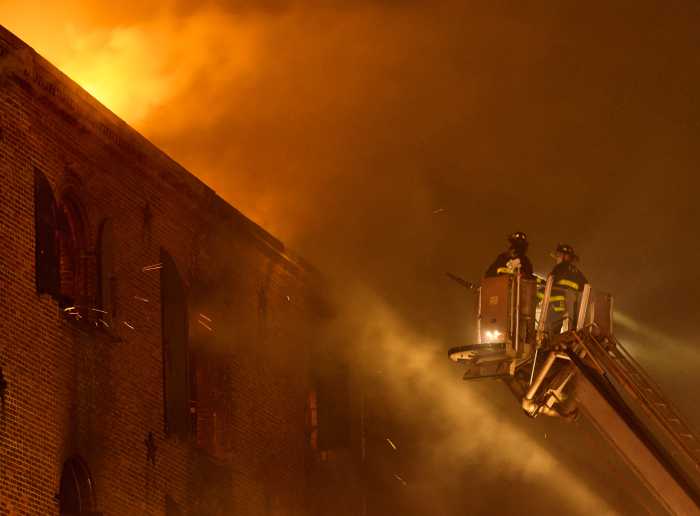The Metropolitan Transportation Authority is itching for riders to come to the brand-new Grand Central Madison terminal, but those who plop down on a bench for too long risk being handed a fine of up to $50.
The transit authority’s rules of conduct at the LIRR’s new east side terminal 17 stories below Midtown Manhattan stipulate that anyone found sitting on a bench for more than 90 minutes could be made to fork over a Ulysses S. Grant greenback, in accordance with the state’s public authorities law.
Such fines also apply within the Metro-North section of Grand Central Terminal.
The 1,000-foot-long terminal, which finally opened this year after decades of delay and cost overruns, is largely bereft of seating as it is, except for a small sitting room near the ticket counter. It’s just the latest example of publicly-funded infrastructure being built with conspicuously few places to sit, like Amtrak’s Moynihan Train Hall. Advocates have long surmised that the reason for this was to keep out homeless New Yorkers, just the latest in a long American tradition of “hostile architecture.”
An MTA spokesperson declined to state on the record the justification for the rule, putting forth that the seating area exists for those waiting for trains and that no one should be waiting more than 90 minutes at the terminal before boarding.
“This is an existing rule for Grand Central Terminal that was adopted for the Grand Central Madison Rules of Conduct to ensure there is one set of rules for one building,” said the spokesperson, Michael Cortez. “A customer should not have to wait more than 90 minutes to catch their train, barring a significant service disruption.”

The rules state that the 90-minute limit could be extended “in instances of significant delay or other exigent circumstances.” Cortez said that a fine has not been handed out for sitting longer than 90 minutes in at least the past half-century.
But other rules proffered for Grand Central Madison also seem tailored to conditions frequently associated with the homeless. The rules also prohibit lying down anywhere in the terminal, including seating areas, stairs, and floors. They also bar the utilization of a “wheeled cart greater than thirty inches, including but not limited to shopping or grocery store carts,” which homeless New Yorkers often use to store and transport their belongings.
The rules also forbid the use of water fountains, sinks, bathrooms, or even shower rooms for bathing or washing clothes.
All of those rules also yield fines of up to $50 for violators.
“Nobody chooses to spend hours sitting on a hard bench in a loud public place because it’s such a great option; they do so because they have nowhere else to go,” said Dave Giffen, executive director of the Coalition for the Homeless. “Making a public space hostile to members of the public who have no homes is just heartless, pure and simple. It’s hard to think of a more basic act of kindness and humanity than allowing someone who is weary and has nowhere to go the chance to sit down and rest.”
The rule comes as the city faces record levels of homelessness. More than 72,000 people slept in city homeless shelters on March 23, the date of the Department of Social Services’ most recent shelter census.

That number has risen substantially over the past year as tens of thousands of Latin American migrants have flowed into the city, putting considerable strain on the shelter system. The large number also doesn’t include the thousands of unsheltered homeless people living on the streets, in the subway system, or elsewhere.
Limitations on seating time also comes as the MTA tries to attract riders to the gleaming new Grand Central Madison, the centerpiece of the $11.6 billion East Side Access megaproject, which is lined with art and soon will feature a dining concourse.
But the opening, which accompanied an increase in LIRR service capacity, has been mired in controversy, with Penn Station-bound riders facing overcrowded trains and Brooklyn-bound passengers miffed at losing one-seat rides. Initially, LIRR riders opted to head to Penn Station over Grand Central by a 70-30 margin, the railroad’s president Cathy Rinaldi said Monday at the MTA board.
In response to the fracas, the MTA has added more morning rush hour trains heading into Brooklyn and more cars to crowded Penn Station-bound trains.
The original section of Grand Central, used by Metro-North, has also adopted measures to limit people’s ability to sit. The agency has begun restricting seating in the dining concourse to those with train tickets and has even placed some existing benches behind barricades.
Correction: this story has been updated to note that the fine can be up to $50, not exactly $50.





































